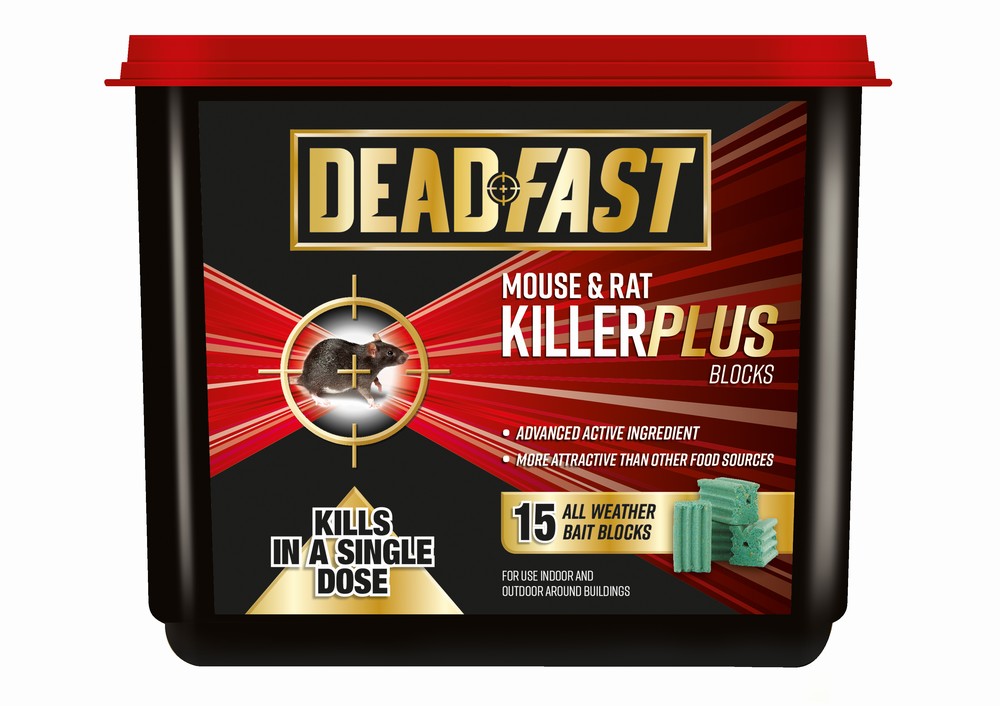
If you buy a first-generation rodent poison, it will usually take about seven days for the rodent to die. The timeline depends on what generation of toxins you purchase for rat control. How Long Does It Take for Rat Poison to Work? Rodents love familiarity, so they are usually suspicious of anything that looks out of place. Second, it offers you the opportunity to recreate an environment that the rodent is familiar with whenever it comes to feed. These stations have two benefits.įirst, it protects your pets and children from coming in contact with the toxin. One way to ensure rat baits' effectiveness is to use a bait station or a snap trap. The placement ensures that your pets don't eat the bait and that bad weather conditions don't disrupt or dilute it from working.

When placing a rat bait, you must set it correctly.

It's a good rule of thumb to get toxins that smell similar to the food they eat. Rats are habitual feeders, so they are likely to avoid a new feeding point if they can still access their previous feeding points.īefore you set out rat poison, ensure you clear out or make other food sources inaccessible. If there are other food sources for rodents in the infested home or building, they will likely avoid the bait station. Does the Rodent Have Other Sources of Food Asides from the Rat Bait? However, over time, some species have developed resistance to the effects of Warfarin. For example, Warfarin's use as a commercial rat poison in 1948 was a significant development in combating rat infestation in the United States. Some of the first-generation poisons have been around for decades. Have the Rats Developed Resistance to These Chemicals? This awareness is unlikely to happen with first-gen poisons as the rodents need multiple feedings before dying. The rodent starts to associate the dead rodents with the bait. When using such poisons, rodents can develop bait shyness if you don't remove dead rats from the vicinity quickly. Brodifacoum is a popular second-gen poison. Second-generation poisons are fast-acting, and the rodent only needs to feed on it once for its lethal effects. Some examples of first-gen toxins are Warfarin and Diphacinone. The first-generation poison will kill rats slowly, and it needs to feed on the toxin multiple times. When looking to purchase rat poison, you'll likely come across two categories of rodenticides.

Is It First-Generation or Second-Generation Rat Poison? But if you've set the baits, you may be wondering, "How long does it take for the rat poison to work?"įactors That Affect the Effectiveness of Rat Poisonīefore we answer how long it takes for the poison to kill rats, let's discuss the factors that affect its effectiveness. If you are battling a significant rat infestation, rat poison is the fastest way to reduce your home or building population. Rodents also cause structural damage to homes and buildings. They pollute food and water and are super-spreaders for several ailments such as the bubonic plague and typhus. Since time immemorial, rats have been a constant thorn for humans. In October 2019, pest control chiefs warned that the UK's population of 120 million rats (nearly double the human population of 67 million) would soon be scurrying into homes to escape the winter cold.


 0 kommentar(er)
0 kommentar(er)
